Optimal Timing for Drywall Repairs
Determining the optimal time for drywall repairs depends on various factors including weather conditions, interior activity levels, and project urgency. Typically, dry and stable weather conditions facilitate faster and more effective repairs, especially for projects involving exterior walls or areas with high humidity. Indoor repairs can be scheduled at any time, but avoiding periods of high humidity or extreme temperatures can improve drying times and adhesion.
Spring and summer often provide ideal conditions for drywall repairs due to warmer, drier weather, which aids in faster drying and curing.
Indoor repairs are best scheduled during periods of moderate humidity and stable temperatures to ensure optimal drying and adhesion.
Urgent repairs should be prioritized regardless of season, but planning around favorable weather can enhance long-term results.
High humidity can prolong drying times and affect the quality of repairs, making dry conditions preferable.
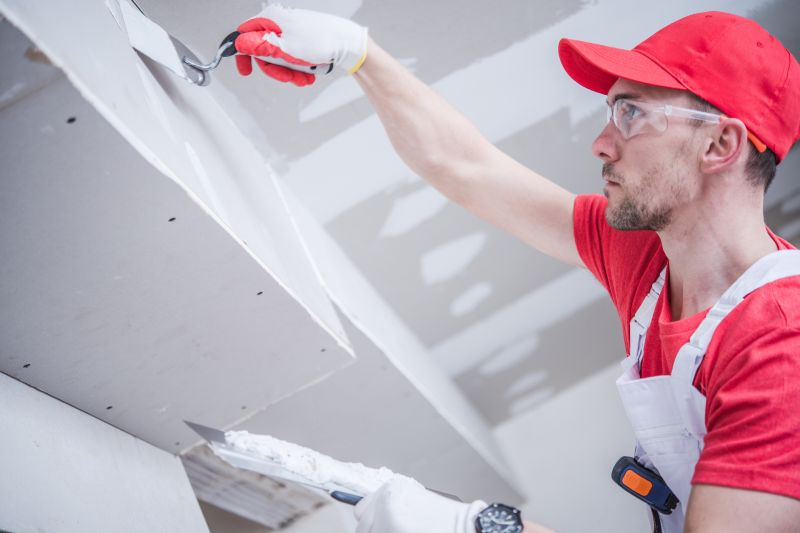
Ways to make Drywall Repairs work in tight or awkward layouts.
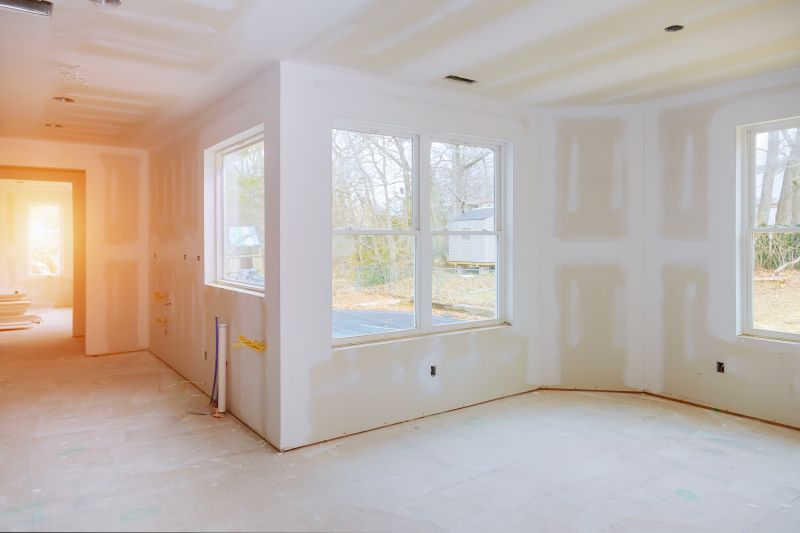
Popular materials for Drywall Repairs and why they hold up over time.
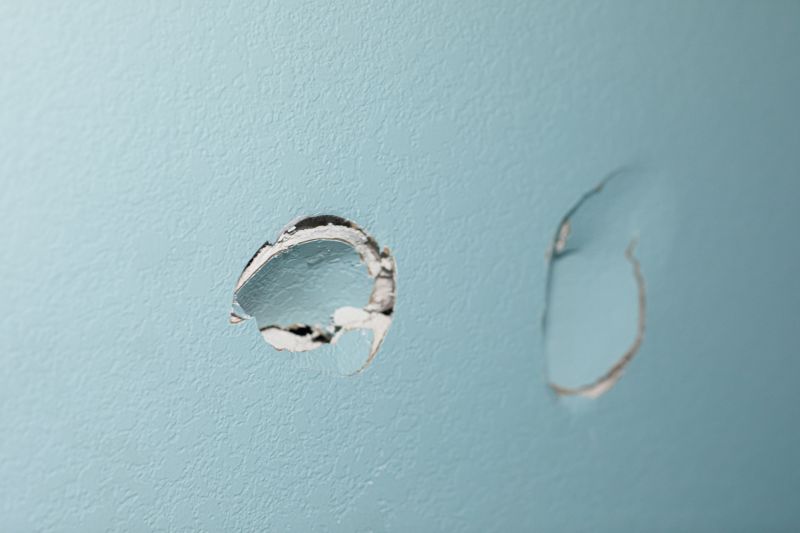
Simple add-ons that improve Drywall Repairs without blowing the budget.
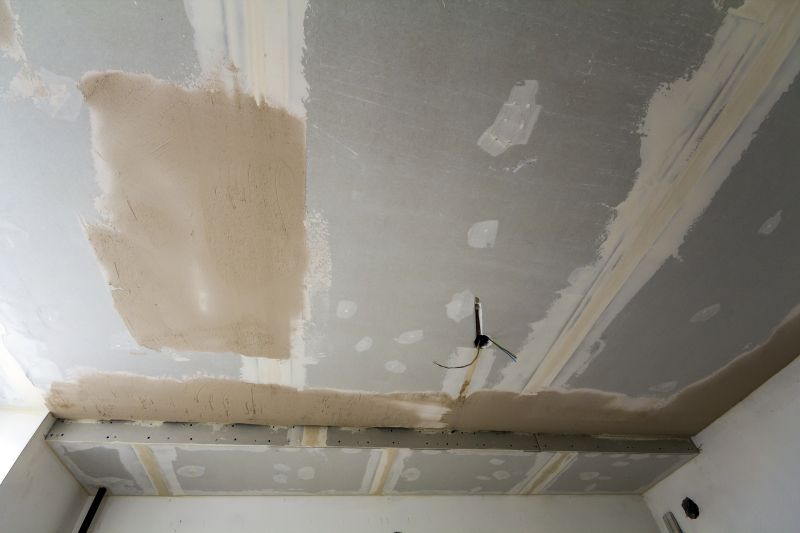
High-end options that actually feel worth it for Drywall Repairs.

Finishes and colors that play nicely with Drywall Repairs.

Little measurements that prevent headaches on Drywall Repairs day.
Drywall repairs are essential for maintaining the integrity and appearance of interior and exterior walls. They address issues such as cracks, holes, water damage, and structural settling. Proper timing ensures that repairs are durable and effective, reducing the risk of recurring problems. The process involves patching, sanding, and finishing to achieve a seamless appearance. According to industry statistics, timely drywall repairs can extend the lifespan of wall systems by up to 15 years, preventing costly replacements and improving property value.

A 60-second routine that keeps Drywall Repairs looking new.

A frequent mistake in Drywall Repairs and how to dodge it.

Small tweaks to make Drywall Repairs safer and easier to use.
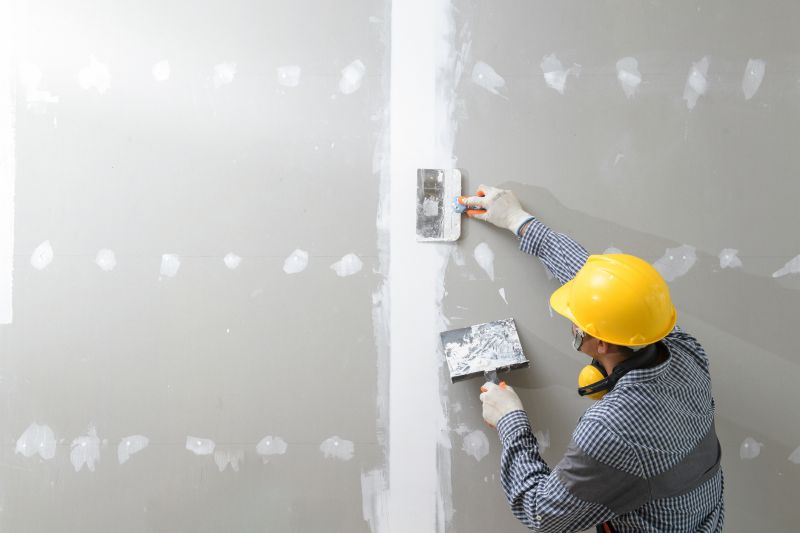
Lower-waste or water-saving choices for Drywall Repairs.
| Factor | Recommended Timing |
|---|---|
| Weather Conditions | Dry, stable weather |
| Humidity Levels | Moderate to low humidity |
| Interior Activity | Periods of low occupancy or activity |
| Project Urgency | Immediate repairs regardless of season |
| Season | Spring or summer for exterior repairs |
| Temperature | Avoid extreme cold or heat |
| Humidity | Avoid high humidity periods |
| Weather Forecast | Check for rain or storms |
Scheduling drywall repairs during favorable conditions enhances the quality and longevity of the work. Proper timing reduces drying time, minimizes the risk of future damage, and ensures a smooth finish. Planning repairs around seasonal weather patterns and indoor climate conditions can lead to more efficient and durable results.
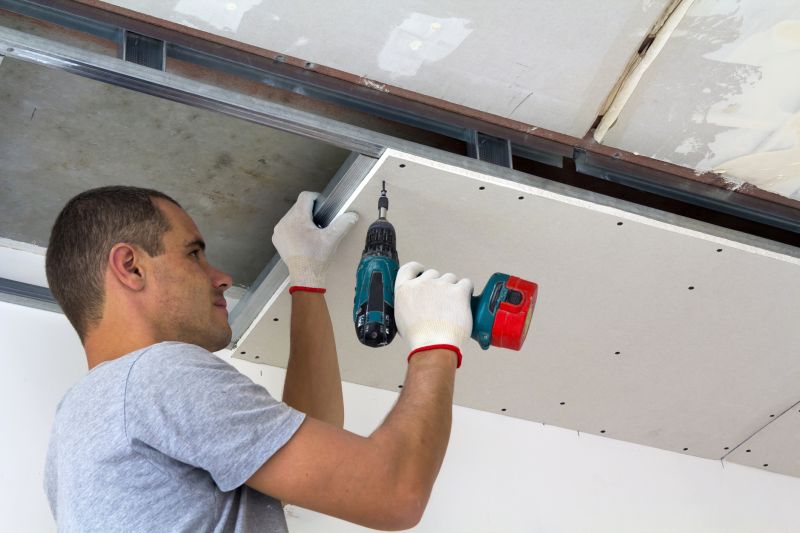
The short, realistic tool list for quality Drywall Repairs.

Rough timing from prep to clean-up for Drywall Repairs.

Quick checks and paperwork to keep after Drywall Repairs.
Interested in scheduling drywall repairs? Filling out the contact form provides an opportunity to discuss project details and plan repairs at the most suitable time. Proper timing and preparation are key to achieving high-quality results that last.
